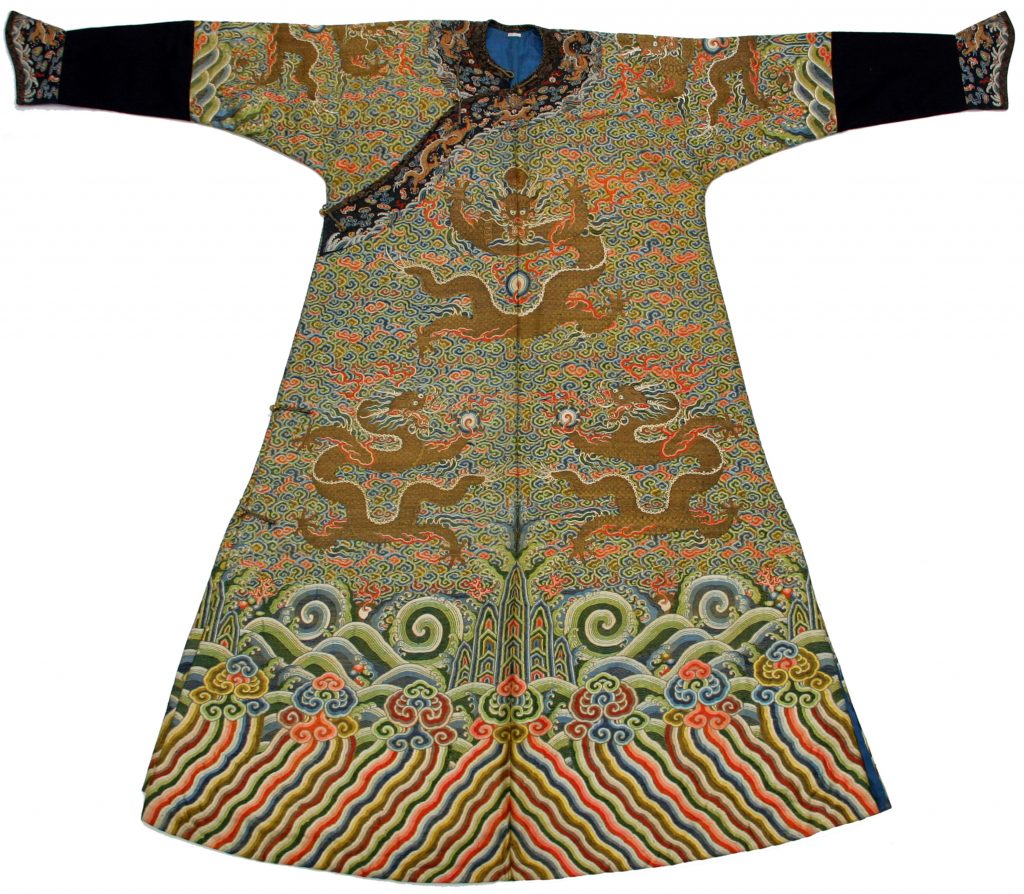
18th Century Dragon Robe, Met Collection 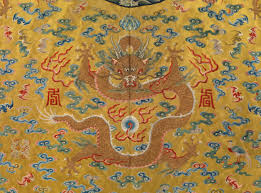
18th Century Dragon Robe, Met Collection 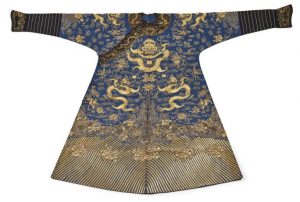
18th Century “Summer Gauze” Dragon Robe, Sotheby’s 
18th Century “Summer Gauze” Dragon Robe, Sotheby’s
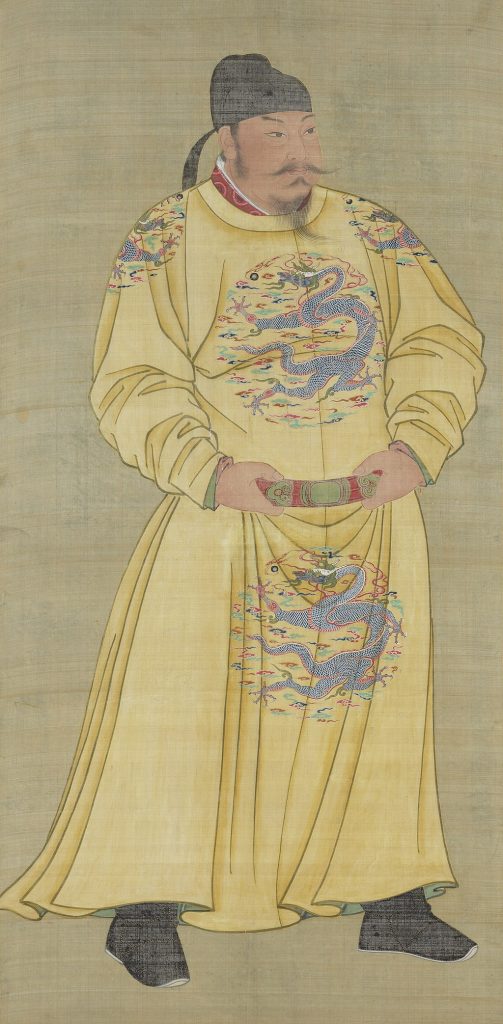
Tang Dynasty: 618 to 907 AD 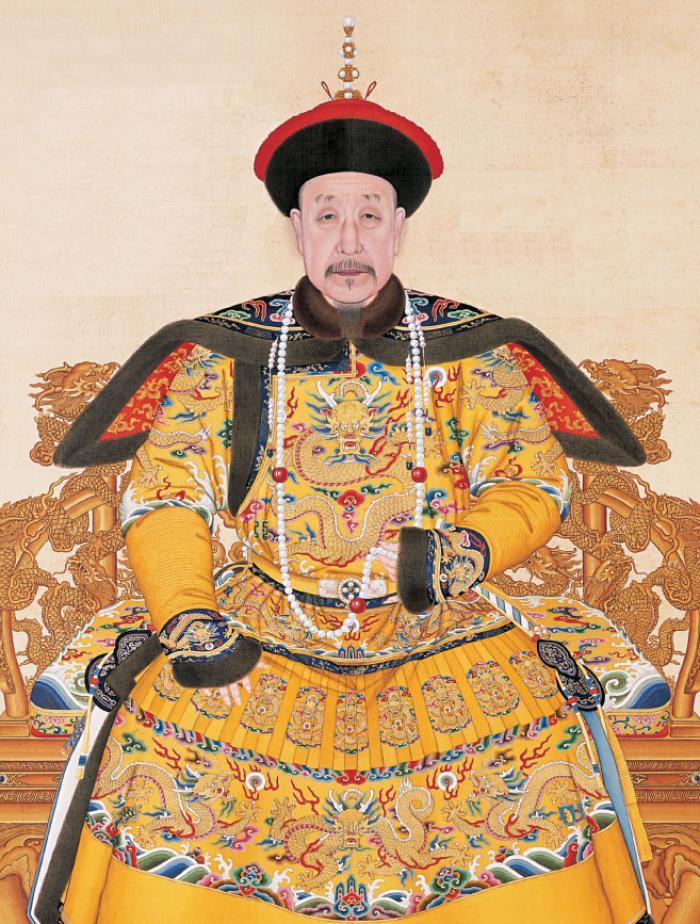
Qing Dynasty: 1644 to 1912
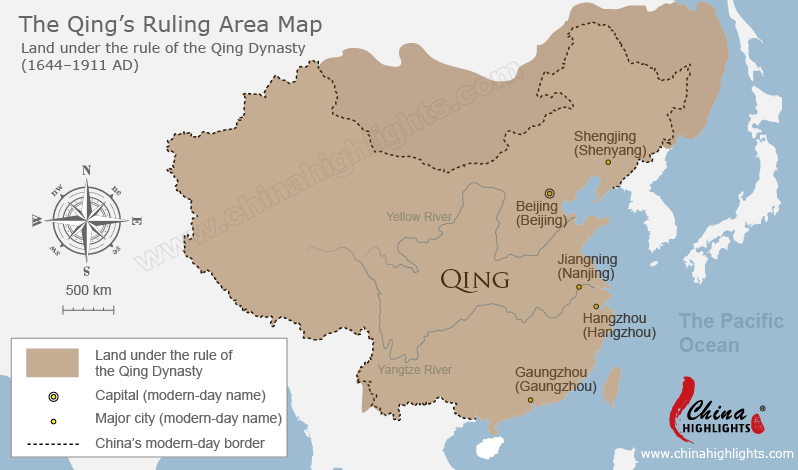
Dragon robes during the Qing Dynasty were used to denote a person’s ranking at court. There were strict edicts dictating how court officials had to dress. These garments ranged in various colors, with bright yellow only being allowed to be worn by the emperor, empress dowager, empress, and first-rank consorts. Golden yellow, orange-yellow, apricot yellow, greenish-yellow, and a brown/plum shade for worn by other nobles of varying ranks. Other colors, such as blue, were made for lower-ranking court nobles.
The robes shown above are from the Qing Dynasty, China’s last great ruling dynasty which lasted until the year of 1912. Although many of the robes we have today only date back to the 18th century, these garments have an extremely long history. Depictions of court officials in them were found as far back as the Tang Dynasty, from 618 to 907 AD. Throughout the years, the dragon robes have gained even further meaning. The pictures shown above express how the detail and opulence of these robes have developed from the Tang Dynasty to the Qing Dynasty, with greater amounts of handwork, trim, and precious items.
Color was not the only way to denote ranking on these garments. The Twelve Symbols of Sovreignty, dated all the way back to the Zhou Dynasty (1050-771B.C.), have long been used on clothing as a symbol of authority. These symbols include: sun, moon, constellation of three stars, mountain, dragon, pheasant, two goblets, seaweed, grain, fire, axe head, fu symbol. When put together, they express the ability of the emperor to lead the country justly with his dignity, virtuosity, and capability. This reason is the why only the emperor is allowed to have all twelve symbols on his robes. Other officials were allowed to use some symbols, but never near the full set of 12.
In addition, dragons were used extensively on this type of garment. Dragons with five claws called “long,” were exclusively for the emperor- while his sons were able to wear dragons with five claws called “mang.” His grandsons and nobles (down to the seventh rank of the court) would wear dragons with four claws, also called “mang.”
The people responsible for making these robes would be imperial court weavers. They typically reside within the palace walls, at a designated working pavillion/hall. Silk was used for two ceremonial robes per year, only for the emperor. The rest of the court robes would be made of satin and gauze. Chief dyers would be responsible for the bright colors of the court, and guarded their recipes fiercely for fear of theft. Some dragon robes were embroidered, while others were woven with the patterns. Pearls and thread made from precious metals were often additions to the robe. Texts from the Ming Dynasty mention dragon robes having to be made on looms up to fifteen feet high, with fabric being made so fine that the knots could not be felt or seen.
What is most special about the tradition of dragon robes is that they’ve survived the changing customs and history of so many of China’s dynasties. From the Tang Dynasty to the Qing Dynasty alone is a span of 1294 years. Throughout those years, the form of the dragon robes, the way they’re made, and who is allowed to wear them has changed but the idea still remains greatly the same.
I chose to research this because while these robes are something I’ve seen a lot in old chinese historical pieces, I’ve never actually looked into their significance. I was always interested in the luxurious hanfu that the noble women of that time wore, while these robes faded into the backdrop for me. It’s interesting how a garment that took so many resources and so much time to produce could so easily fall into the background for me. I think it speaks a lot about the opulence and power of the ancient chinese dynasties.
